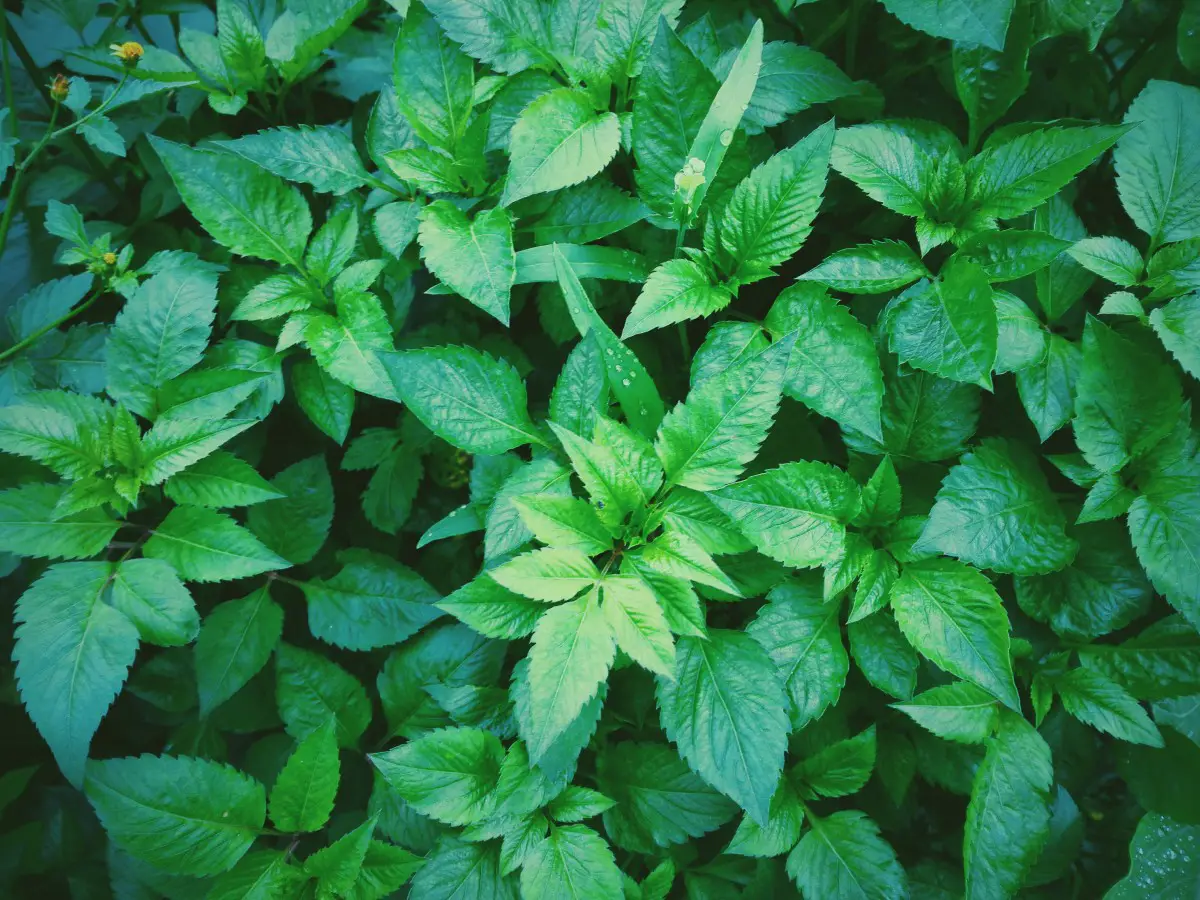

Since centuries, mint Piperita is an excellent plant that began to be cultivated for its aromatic components. It also has other uses such as medicinal, where more and more people are looking for it. In search of new remedies for ailments that are natural, peppermint is experiencing a second youth and is becoming more popular every day. It is a hybrid that comes from the crossing of Mint and Spearmint.
In this article we will talk about what peppermint is, what culinary and medicinal uses it has, and how easy it is to reproduce it.
What is peppermint?


Peppermint is a hybrid between peppermint and mint which began to be cultivated artificially in the XNUMXth century in England. Due to its aromatic components has many culinary usesbut if something has gained popularity in recent years, it is for its medicinal properties. In search of increasingly natural and less chemical remedies, peppermint is a great alternative that helps with multiple ailments.
Currently it can also be found quite easily in temperate zones of the two hemispheres. It is a perennial plant, with a highly branched stem and which reaches a height of between 30 and 70 cm. Its reproduction is by vegetative propagation. from underground rhizomes. Its green leaves measure between 4 and 9 cm long and 2 to 4 cm wide, they are petiolate, opposite and oval. Both the leaves and the stems are usually downy.
Its flowering is close to summer with spike-shaped terminal inflorescences, with the flowers arranged in whorls on the floral axis. Violet or pink in color, with a tetralobed corolla and small, up to 8 mm. The essential oil that is extracted from mint is mainly composed of menthol and piperithenol, among other alcohols.
How to cultivate it?
Reproducing peppermint is very simple. Just keep in mind that it prefers moist, fertile and little sun exposure. Its reproduction can be done in several ways, from underground runners, dividing its rhizomes, or by cuttings. In the case of cuttings, whatever the mint has is useful, and it is preferable to leave a few leaves, even partially cut some of them. If the most tender tip is used, reproduction can be faster, and the future roots sprout from its stem.
When collecting it for gastronomic, cosmetic or medicinal use, the tender leaves and the flowering tops. They are collected when the buds begin to open. A second collection can be made in autumn for industrial use, in this case the plant is cut at ground level. The leaves and flowers are immediately separated from the stem to avoid losing the active ingredients.
Gastronomic uses


Peppermint is an excellent infusion full of flavor, also as an aromatic herb. It is the most used scent in the manufacture of candies, chewing gum, ice cream, and any preparation that is flavored with mint. It is also used to dress salads, meats, soups, in English cuisine to make mint sauce or in Ibiza in making flaó. It is also used in a multitude of liquors due to its strong aroma.
In order to take full advantage of its benefits, its leaves can be used both for infusions and to season culinary dishes.
Medical uses
Although peppermint is present in many foods, the curiosity to learn about this plant today is marked by its many medicinal uses. It should be added that having a small bottle at home is always good, as well as being very economical and suitable for all pockets. The number of conditions that it helps or remedy are not few, and are usually effective for everyday ailments that happens to all of us.
The main uses that essential oils and flavonoids take effect are antiflatulent, antiemetic, spasmolytic, antipruritic, choleretic, cholagogue and mucous analgesic. Its topical application, that is, directly on the skin, blocks calcium channels and relaxes the muscles. In cases of headaches, it is applied to the temples, considerably calming the pain.
Traditionally it has also been used as an infusion to soothe digestive or liver pain. Helps to have a good digestion. For strong colds it can be applied directly on the chest, to make steam inhalations. It can also be applied topically in the nostrils to soothe sinusitis. In case of cavities, it also serves to soothe pain in the teeth when applied topically, and even to soothe insect bites or other skin irritations.
Warnings on the use of peppermint
Intolerance to peppermint is quite frequent, and although it is mostly not serious, you have to be careful of its symptoms so as not to have any unpleasantness. The most frequent cases in case of suffering from it, the infusion and the mint oil can cause insomnia, irritability, or bronchospasms. It should not be used in children under 2 years of age or during lactation or pregnancy.


Related article:
Chocolate mint (Mentha x piperita ‘Citrata’)
